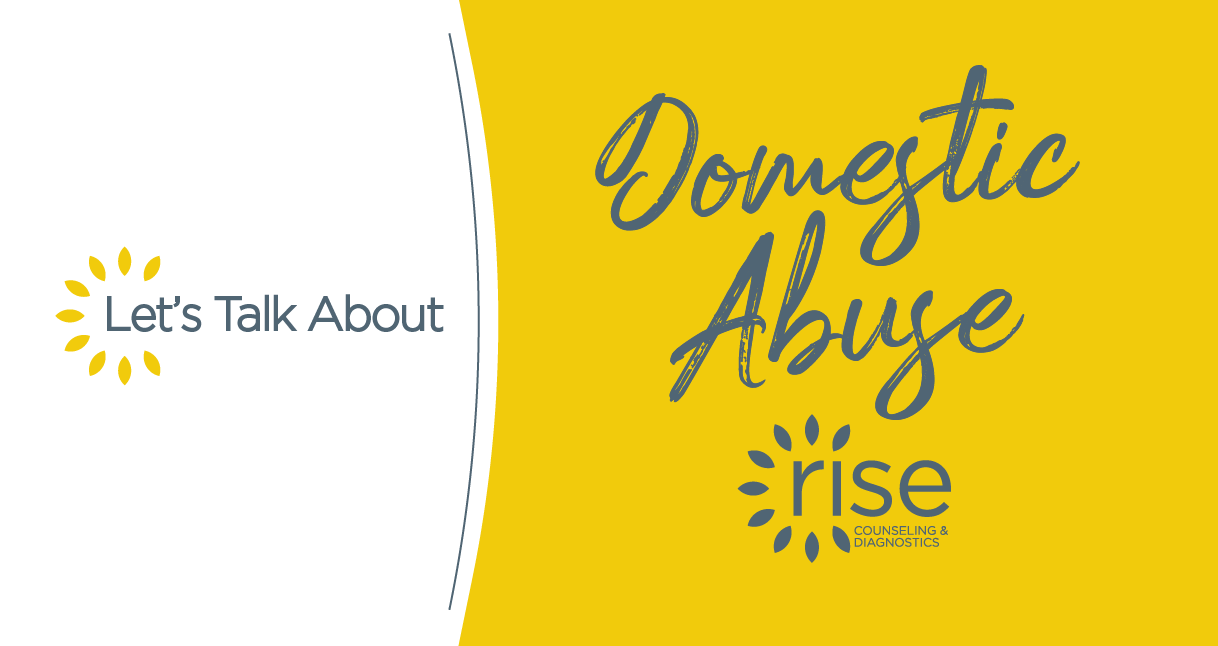What is domestic abuse? It is defined as an incident or pattern of incidents of controlling, coercive, threatening, and violent behavior, in most cases by a romantic partner or ex-partner but may also include a family member or caregiver.
Approximately 1 in 4 women and 1 in 10 men have experienced severe physical violence by an intimate partner in their lifetime, yet it is often considered a “quiet epidemic.” Victims of abuse often feel that if they speak up about their circumstances no one will believe them, therefore they are reluctant to seek help and endure it silently.
Types Of Domestic Abuse
Domestic abuse can take many forms, and abusers seldom limit themselves to a single type. The following are eight major categories of domestic violence:
- Physical abuse: any form of violence inflicted on another person which includes punching, battering, even denying food, water, or medical treatment
- Sexual abuse: coercing a victim into any form of sexual contact without the victim’s consent which includes marital rape and inappropriate touching
- Emotional abuse: a systematic attack on a victim’s sense of self-worth or self-esteem, which includes chronic criticism, name-calling, and damaging the relationships the victim has with others
- Economic abuse: making the victim financially reliant on the abuser against their will, which includes exerting unauthorized control of the victim’s own finances, withholding funds the victim needs for necessities, and even prohibiting a victim from having a job or going to work
- Psychological abuse: inducing fear through intimidation, which includes direct threats of physical harm, threatening self-harm, threatening harm to others (such as children), exhibiting weapons with implied intent to use them, and detaining victims against their will
- Stalking: following, surveilling, and any unwanted contact, appearances, messages, or correspondence
- Cyberstalking: this includes any unwanted stalking activities that are perpetrated online (email, social media, etc.) that inflict damage or emotional distress upon a victim
Recognizing the Warning Signs of Domestic Abuse
You may never know what exactly happens behind closed doors, but a victim may present any of these signs indicating that they are experiencing domestic abuse at home:
- Overly worried about pleasing their partner, parent, etc.
- Major personality changes
- Excuses for injuries
- Loss of interest in activities
- Extremely apologetic or fearful
- Wearing long sleeves or scarves in the summer to cover physical signs of abuse (bruises, black eyes, etc.)
For children, it may also include:
- Difficulty sleeping
- Problems focusing in school
- Attempts to self-harm
- Very anxious and depressed
- Lowered sense of self-worth
If you or a loved one is a victim of abuse, call the National Domestic Violence Hotline at 800-799-7233, or log on to thehotline.org for help, or call 911 if physical abuse is happening or imminent. If you feel isolated and would like to talk with a therapist, our licensed clinicians at Rise are here to support you. Contact us today at 501-891-5492 or Get Started Now.
References: webmd.com, verywellmind.com, cdc.gov


